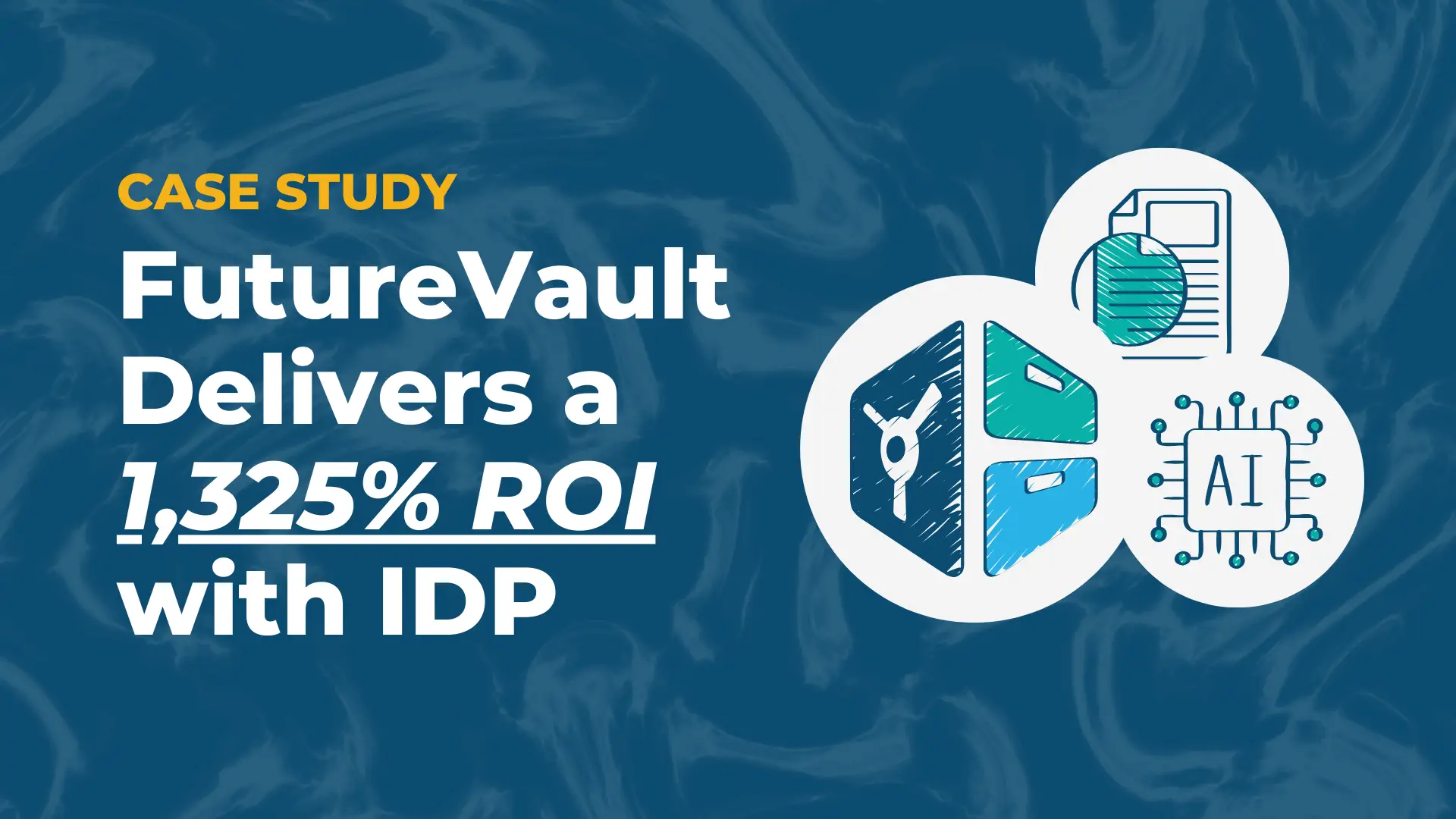Financial services firms are facing their greatest technological change in a generation, with emerging technologies such as blockchain and artificial intelligence holding the promise of reimagining the banking experience. Other challenges and factors such as changing customer expectations, increasing competition and regulatory oversight, and the pressure to streamline operations are driving the push for innovation. However, for firms that want to remain competitive, adopting a comprehensive digital strategy will be the key to thriving in this evolving landscape.
According to Bill Topel, Director at BDO Digital Financial Services, “2020 prompted much wider and more rapid consumer adoption of digital banking, and this represents a valuable opportunity for middle market financial institutions. Implementing a digital strategy can help them get closer to their customers and tap new revenue and business models that will yield lasting benefits.”
The bots are coming
Artificial Intelligence (AI) can transform banking. “Artificial intelligence is no longer just the stuff of sci-fi movies and financial institutions need to embrace the power it offers,” Finextra writes. “AI will become the cornerstone of understanding data better to provide new customer journeys and an enhanced end-user experience.” According to an OpenText survey of financial services professionals, nearly 80% of banks are highly aware of the potential benefits presented by AI and machine learning. Especially since the start of the COVID-19 pandemic, the use of AI in banking is fast increasing, ultimately improving the potential for higher-complexity solutions that generate positive ROI across different business segments.
Many financial firms have already starting using AI to help them explore how to improve the customer experience, increase compliance and audit measures, reduce operational expenses, and to potentially help gain more revenue. Within the industry, banks in particular are focusing on using AI to help transform the customer experience by enabling 24/7 customer service interactions, provide personalized insights and smooth customer authentication. This technology is also being used to improve operations across within the middle-office functions to assess risks, detect and prevent payments fraud, improve processes for anti-money laundering and perform KYC regulatory checks.
Open banking
The age of open banking is here. Under open banking, banks allow access and control of customers’ personal and financial data to third-party service providers. In Europe, regulators have forced banks to open their application programming interfaces to app developers under the updated Payment Services Directive (PSD2) regulation. Open APIs are taking hold in North America and Asia too, driven by market competition as banks work with tech firms and startups to create new apps and services that will keep their offering competitive.
McKinsey says this new collaborative age of banking is reaching a “fever pitch”. Open banking is already forcing large, established banks to be more competitive with smaller and newer banks, resulting in lower costs, better technology, and better customer service. For financial institutions, this access to aggregating customer data will let them create innovative offerings, such as aggregation platforms to facilitate financial planning and help customers compare product features like fees and interest rates. In essence, figuring out how to win in this age of digital banking requires financial firms to build and execute a solid digital strategy.
Beware GAFA
Financial services firms need a plan to head off possible digital disruption from GAFA — Google, Apple, Facebook, and Amazon. The initial reason for GAFA’s potential dominance in the financial sector is their pre-existent positioning in their consumers’ lives. Each of these four tech giants have already invested significantly in finance. Facebook has implemented P2P payments into their messenger app, while Apple launched the ability for users to send money to each other using iMessage. On the other hand, Google Pay is quietly catching up with Apple Pay, and Amazon has delved into the SME lending space.
The Financial Brand writes that these four firms are perhaps the biggest threat facing the industry: “Their market capitalization and use of data to deliver increasingly improved consumer experiences is a threat that can’t be ignored.” Financial Brand suggests a three-step strategy; 1) identify disruptive trends relevant to your industry and market; 2) determine the size, timing, and likelihood of impact and how those changes could affect your business; 3) develop a strategic plan to mitigate risks and maximize opportunities.
Millennials matter
A study by LinkedIn reveals that among affluent Millennials, 48% would switch to another firm with better services and only 46% expect to remain with their current financial services providers for a few years. The report notes, “Unless financial companies proactively attack this challenge by understanding and targeting Affluent Millennials with relevant offerings, financial services providers face the possibility of losing customers en masse.” Building loyalty among these digital natives is helped by innovative use of technology — something that can be achieved by including value-added digital services in a firm’s offering, such as a secure digital vault to store documents and important financial records. In the coming 40 years, Millennials will inherit $30 trillion in wealth from their Baby Boomers parents and as we noted above, will likely move that money away from the current financial institution—ultimately meaning that appealing to their needs is significantly important.
According to many studies, millennial customers have historically proven to be tricky to retain and have built somewhat of a reputation for having little to no brand loyalty. A survey by Data Axle found that while 72% of customers are not looking to switch financial services companies, over a third of millennials are considering a switch. Millennials also have more choices and better accessibility to new products and services than previous generations did. And in order to earn their loyalty, financial firms will need to start thinking outside the box.
The industry is unprepared
While the digital disruption to financial services has been well-publicized, many firms have failed to yet put forth any sort of digital strategy. Deloitte research finds that while 90% of firms expect digital technologies will significantly disrupt the industry, only 46% have a strategy to deal with that digital disruption. The main problem we’re noticing stems from the fact that most institutions are approaching their digital initiatives as a process improvement or customer acquisition effort and not a backend, operational effort to better improve their practice across their back and front offices.
“Financial institutions need to prioritise between short-term and long-term objectives and work to align their products and services with their clients’ expectations and needs,” says Jennifer Geary, General Manager EMEA at digital solutions firm nCino. “Having the right strategy is important, but so is having the right partner and technology that can offer the flexibility needed to react, adapt and continue to delight clients through any unforeseen challenges.” The pandemic has disrupted operations for financial institutions and highlighted gaps in service offerings and capabilities. It has become imperative that all financial firms act promptly to enhance their digital services offerings and meet the varying needs of all customers, in order to keep up with the rate of change sweeping the financial industry.





